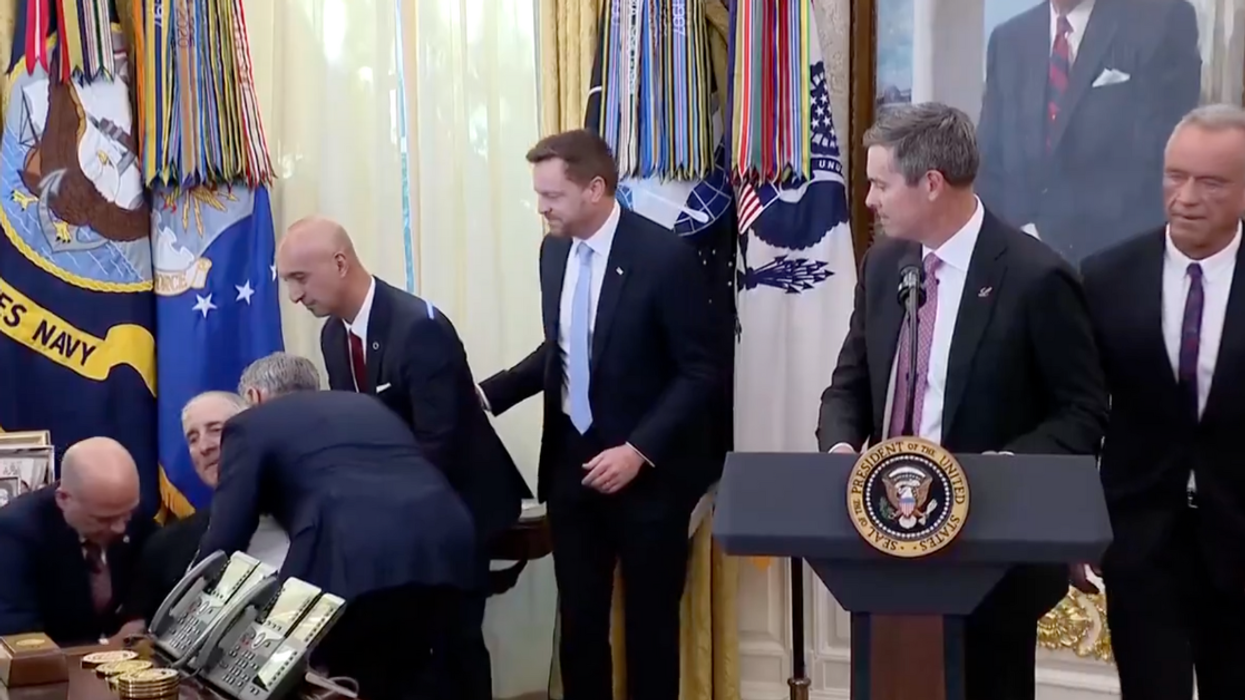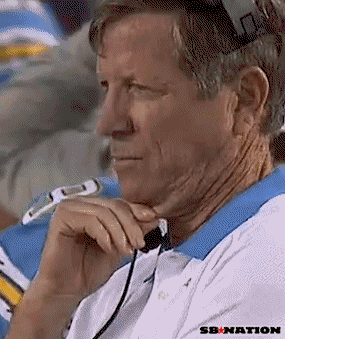It didn’t take long after the horrific shootings at Club Q in Colorado Springs before the media, politicians and the public focused on the motive of the killer.
Was it a hate crime, or just some random attack?
Papers were at pains to say that the club and the community deemed it a hate crime, even while withholding judgment and waiting for authorities to issue more information on the background of the murderer.
Fox News, true to form, ran a headline saying that President Biden admitted there was “no motive” yet known for the attack. Left wing observers awaited the usual mountain of MAGA related evidence on the killer’s social media accounts.
This focus on motive misunderstands what’s really going on and glosses over true accountability.
We need to view the attack, whatever the murderer’s personal motivations, as the entirely forseeable and statistically predictable result of the hateful and dangerous rhetoric being spewed by politicians and right-wing pundits against the LGBTQ+ community.
The same can be said for the assault-weapon attacks upon worshippers at the Tree of Life Congregation in Pittsburgh and the Emanuel African Methodist Episcopal Church in Charleston, the slayings at Youngs Asian Massage parlor outside Atlanta, or any other number of community-directed violent attacks.
These attacks don’t arise from nowhere.
They grow in number and ferocity the more that extremist political leaders and other agitators direct their hate and suggest violence as the solution.
There’s a term for this that we should all learn and discuss. It’s called “stochastic terrorism.”
It’s defined as “the public demonization of a person or group resulting in the incitement of a violent act, which is statistically probable but whose specifics cannot be predicted.” This kind of terrorism isn’t covered under any criminal laws in the United States because we give it a pass under freedom of speech.
But that doesn’t mean we can’t or shouldn’t seek to limit it where we can, especially on big, private social media platforms.
The hallmarks of this kind of weaponization are easy to spot. The stochastic terrorists deploy well-known and established ploys such as focusing on the alleged exploitataion of children or suggesting that whole communities are other than human (Jews and immigrants as “vermin,” minorities as “animals,” LGBTQ+ people are “demons”).
They weaponize deep-seated fear and disgust knowing that there are a certain number of unhinged individuals who will act upon their messaging.
Several hours before David DePape broke into Speaker Nancy Pelosi’s home in San Francisco and assaulted her husband, Tucker Carlson of Fox News was interviewing right-wing provocateur Christopher Rufo, who claimed without evidence that drag queen book readings were an attempt to sexualize children and wanted to create a “sexual connection” between children and adults.
DePape had recently ranted online with references to the conspiracies of QAnon, which has as one of its central tenets the false belief that Democrats are Satan-worshipping pedophiles in control of politics and the media.
Carlson and Rufo didn’t know what specifically would result from their demonization of drag queens and those leaders who supposedly are in on the plot to groom our children. They didn’t know DePape and they of course took no responsibility for his actions.
But they know generally that there are a certain number of mentally unstable, violent individuals, some of them armed with assault-style rifles, who statistically speaking will believe what they say and act upon it.
The LGBTQ+ community of Colorado Springs, located in a more conservative part of the state, was already under attack.
As Garrett Royer, a gay rights activist in the state, noted:
“You see a number of attacks coming from state school board of education members who believe that teachers, educators, administrators, who are supportive of LGBTQ students are in some way groomers.”
Attendance at Pride events had fallen, and people did not feel safe.
Noted one patron of Club Q, who cited the rise in hate crimes and killings of trans women of color:
“You can just feel it."
"As a community, being through so much grief and so much loss after so many years, it’s almost like you can feel tragedy coming.”
It’s not just Colorado, of course.
As Robin Maril of the The Human Rights Campaign noted in an OpEd, the massacre at the Pulse Nightclub in Orlando years ago “seemed unimaginable” but the “attack on Club Q is anything but.”
She observed:
“This past election, Republican candidates ran on a platform that characterized queer and transgender people as 'groomers'."
"They targeted the families that support them as criminals. And many of the candidates talking like this won their races."
"In less than a decade, the right has managed to breathe new life into an old, dangerous narrative—queer and transgender people are threats to children and to the health of the nation.”
Forcing communities and families to prove the motive of any one individual killer, and routinely questioning whether he (it almost always is a he) was somehow mentally unbalanced rather than filled with violent and hateful intent toward his victims, is itself a cruel form of gaslighting.
We know why these things happen.
We know there’s a causal link between dehumanizing rhetoric and the rise in hate crimes. Yet under our current laws, we cannot hold those who stoke hate accountable for their behavior.
We saw this regularly with former President Trump. His attacks upon the Chinese community, which continue to this day, led directly to a huge and unprecedented increase in violent hate crimes towards AAPIs.
In the two years since Trump began to blame the Chinese for the coronavirus, Stop AAPI Hate recorded 11,500 separate incidents targeting the community. There is no doubt that Trump’s words encouraged and increased these attacks.
There is also no doubt that he was highly aware of the effect of his words yet did not alter his behavior.
Instead, Trump learned from its success.
He used veiled calls for violence and chaos to summon thousands of his most extreme followers to Washington, D.C. on January 6, promising it would be “wild” and then telling them they had to “fight” to keep their country.
He even knew that many of them were armed when he directed them to march on the Capitol, because they couldn’t even get past his own security metal detectors.
It’s well past time to begin to assign blame to the stochastic terrorists. Although our laws are largely insufficient and ill-suited to hold them to account legally, they can be subject to censure or removal on the platforms they use for their terrorism.
Politicians and those with large numbers of followers should be held to a higher standard given their reach and influence. These platforms in turn need clear policies around stochastic terrorism so that the public is also clear about what it is they are seeing and hearing and can report it.
The victims of Club Q aren’t just those innocents who were killed and injured by a gunman there; the entire LGBTQ+ community is reeling, afraid, and more isolated than before—exactly what the stoachatic terrorists wanted.
And the perpetrators aren’t limited to just a “lone-wolf” gunman; it includes the stochastic terrorists who intentionally radicalized and weaponized people like him.
And the terrorists will not rest until we force them out: Hours after the shooting, a hateful account called “Libs of TikTok” was busily stirring up more hate against a drag brunch in Colorado.
The new owner of Twitter has refused to shut them down.
We understand the methodology of radicalization and weaponization clearly when it comes to international terrorism. We need to have the same clarity when it comes to how domestic terrorism and how it truly operates.














 @realDonaldTrump/Truth Social
@realDonaldTrump/Truth Social

 breast cancer GIF by Baptist Health South Florida
breast cancer GIF by Baptist Health South Florida  Teddy Bear Doctor GIF
Teddy Bear Doctor GIF  feeling neck skin GIF
feeling neck skin GIF  praying GIF
praying GIF